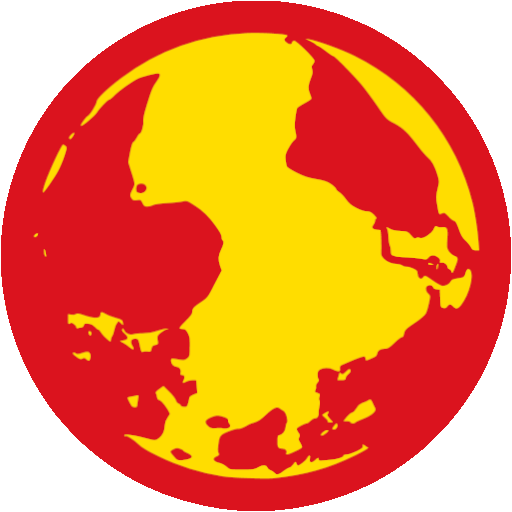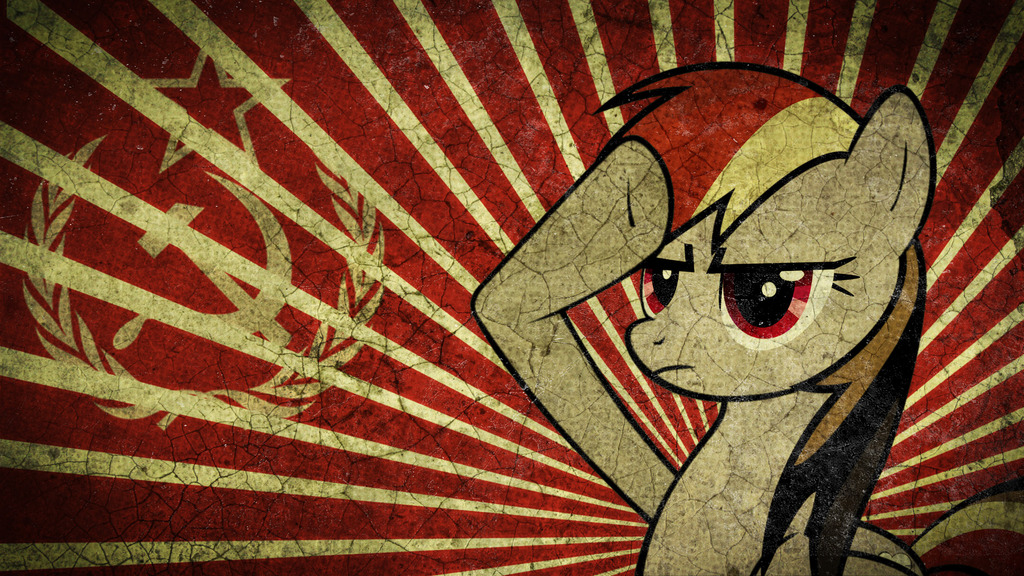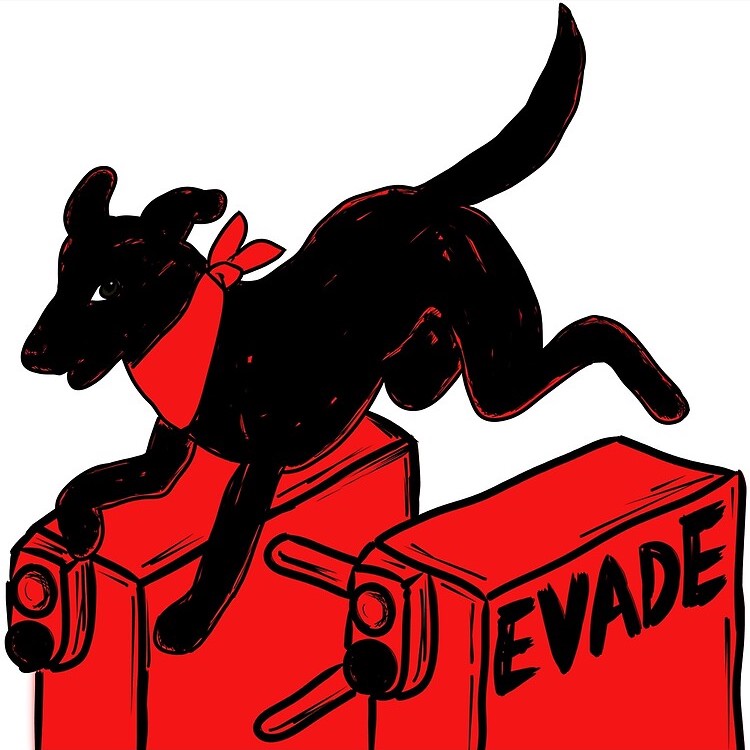For decades, the U.S. Drug Enforcement Administration (DEA) has been presented as the moral vanguard in the fight against global drug trafficking. Its public image—elite agents, covert operations, dismantling cartels—has been carefully constructed through media, documentaries, and political narratives.
However, the bureau’s most recent official reports—the National Drug Threat Assessment (NDTA) for 2024 and 2025 —reveal an uncomfortable truth: the DEA doesn’t combat drug trafficking, it manages it; it doesn’t dismantle criminal networks, it covers them up; and it doesn’t protect the United States from organized crime, it legitimizes it.
This special report, based exclusively on hard data and arguments contained in official DEA reports, demonstrates how the United States is not a victim state of drug trafficking but rather a structural narco-state whose economy, financial system, and foreign policy are deeply intertwined with organized crime.
Furthermore, it exposes how the DEA, rather than acting as an objective intelligence agency, functions as an instrument of geopolitical propaganda, designed to criminalize countries like Venezuela, while concealing the true magnitude of the problem within its own borders.
Production, consumption and market made in USA
Self-sufficiency in the production of hyperpotent marijuana
One of the most striking findings of the DEA reports is the United States’ acknowledged self-sufficiency in marijuana production. Far from relying on imports, the country produces domestically the marijuana it consumes, both in the legal and illegal markets.
The DEA confirms: there is an ambiguous and contradictory policy that allows legal use in some states—such as California, Colorado, and New York—while remaining illegal at the federal level and in other states.
But the most serious issue is not the legal ambiguity but the deliberate genetic transformation of the plant to increase its potency and addictiveness.
According to the 2024 report, the average THC (tetrahydrocannabinol) content has increased from 1% in 1977 to 16% in 2022. This means that current American marijuana is 15 times more potent than it was five decades ago, a result of genetic modifications intended to maximize the psychoactive effect and, consequently, consumer dependence.
This increase is not a spontaneous phenomenon: it is the result of a technologically advanced industry, financed and permitted by the state itself. Agricultural laboratories, biotechnology companies, and massive cultivation networks operate within the United States, producing a drug that, in its legal form, is openly marketed and, in its illegal form, floods the streets without the DEA being able to contain it.
Stability of the illegal market: a sign of saturation and control
The report highlights an alarming fact: the price of marijuana on the illegal market has remained stable for years, despite the exponential increase in potency and the general inflationary context. This stability indicates ample supply, efficient logistics networks, and saturated markets.
In other words, the DEA has failed to disrupt either sales or consumption. The illegal market coexists with the legal market, and both operate as part of a parallel economy that generates millions in revenue, evades taxes, and feeds distribution networks operating in all 50 states.
Instead of dismantling these networks, the DEA tolerates them as part of a system that prefers to regulate rather than eradicate.
This turns the United States into a “drug oasis”: a place where marijuana is produced, consumed, and sold on a massive scale, with no clear state policy to contain its social impact. The DEA, in this context, is not a regulatory agency but rather a promoter of the normalization of consumption.
A laundromat for global drug trafficking
Official recognition of the financial centrality of drug trafficking
The DEA’s 2024 and 2025 reports explicitly admit and confirm that the United States is the central hub for international drug money laundering. The agency acknowledges that:
There are money launderers on US soil who provide services to transnational criminal organizations.
Cryptocurrency exchanges, digital wallets, mirror transfers, buying and selling of movable and immovable property, and other mechanisms integrated into the North American financial system are used .
American real estate agencies are used to invest drug money in luxury properties, especially in areas like Miami, Los Angeles, and New York.
This admission is devastating: the DEA admits that its own country is the main money laundering center for global organized crime.
Marginal activity? Never: it’s a structural system involving financial institutions, legal services, real estate agents, and digital platforms.
Shifting Responsibility: The “Chinese Underground Bank” Hoax
The most serious issue isn’t the problem itself, but rather how the DEA presents it. Instead of taking responsibility, the agency prefers to blame “Chinese underground banking systems,” as if they were the primary culprits of money laundering.
This accusation is strategic: it allows the US financial system, its regulators, and its oversight institutions to be exonerated, while shifting blame onto a geopolitical enemy. The DEA states (2024) that:
“Law enforcement efforts to detect, prevent, and prosecute money laundering are complicated by the diversity or lack of regulation of foreign financial institutions, the large volume of financial transactions that occur daily, the strategies and deceptions employed by Mexican cartels and other drug trafficking organizations to conceal the criminal origin of their profits, and the use of encrypted technologies.”
This statement is a methodological farce. If the United States is the main center of money laundering, the responsibility lies with its own institutions, not with the supposed opacity of foreign banks. Transaction volume, cryptocurrencies, and encrypted technologies operate within the US financial system, not outside of it.
By blaming others, the DEA is protecting the real heart of the problem: the US government itself.
Venezuela’s absence from the reports
Systematic omission on drug trafficking maps
One of the main arguments against the US interventionist narrative is the complete absence of Venezuela in the DEA’s threat reports. Despite the fact that the Donald Trump administration and other political sectors have repeatedly accused Venezuela of being a “narco-state,” the DEA does not mention the country as a producer, a corridor, or a money laundering center.
On the contrary, the reports accurately detail the drug trafficking routes:
- Cocaine is produced in Colombia, Peru and Bolivia.
- It is transported by Mexican cartels through Central America, or by sea to Caribbean islands such as Puerto Rico and the Dominican Republic.
- Most seizures occur in California, on the border with Mexico.
Venezuela doesn’t appear on any of these routes, not even as a secondary or alternative point. This silence is not accidental: it’s compelling evidence that the accusation is false.
The “Aragua Train”: a marginal and propagandistic mention
The only reference to Venezuela in recent reports is to the “Tren de Aragua,” a criminal gang declared a “terrorist organization” by the Biden administration in 2023. However, as the document points out, even in this case it is not linked to international drug trafficking. Its inclusion in the 2025 report appears more like a post hoc justification for a political designation than an intelligence-based finding.
Furthermore, the report does not detail trafficking operations, logistical routes, or links to international cartels. It is a symbolic mention, intended to maintain the narrative that Venezuela is a hotbed of insecurity, without providing concrete evidence.
This approach reveals a strategy of selective stigmatization: the name of a local organization is used to justify a global label (“terrorism”), without demonstrating that it meets the criteria for that classification.
The “Cartel of the Suns”: a propaganda fiction
The so-called “Cartel of the Suns” does not appear in any DEA report, neither in the 2024 report, nor in the 2025 report, nor in any previous report.
There are no names, structures, operations, not even an indirect mention. It’s a purely propagandistic construct, concocted on political drawing boards by the U.S. government, the Venezuelan extreme opposition, and sectors of the international right.
Most significantly, while the DEA completely omits this fiction, it does accurately detail the command structures of the real cartels. This difference is key: the DEA describes what exists, not what is invented.
The fact that he doesn’t mention the “Cartel of the Suns” is irrefutable proof that it doesn’t exist. And if it doesn’t exist for the DEA, it can’t exist as a justification for sanctions, threats, or interventions.
The drug dealer is somewhere else
The document also mentions that the United Nations Office on Drugs and Crime (UNODC) confirms what the DEA omits: Venezuela is not a drug-producing country. This international corroboration is crucial because it comes from an entity that is not subordinate to the U.S. government and that conducts technical assessments based on global data.
The fact that both the DEA and the UN agree that Venezuela does not produce, transport, or launder drug money significantly makes this statement an established fact, not a political opinion.
Any accusation to the contrary, therefore, falls into the realm of disinformation.
The DEA as a tool of geopolitical warfare
From anti-drug agency to arm of foreign policy
The DEA does not act as a technical agency but as an instrument of geopolitical domination. Its reports, far from being objective, reflect the strategic interests of the U.S. government. The criminalization of Venezuela is due to:
- Justify illegal sanctions that have devastated the Venezuelan economy.
- Destabilize an independent government that resists US hegemony in Latin America.
- Access to Venezuela’s energy reserves, which have the largest oil reserves in the world.
As Vice President Delcy Rodríguez stated , this is a “crude ruse” to seize the country’s wealth under the pretext of combating drug trafficking. But the DEA’s own reports debunk this lie.
Complicit silence
The documents highlight a particularly serious fact: the DEA does not mention a single case of corruption among US officials related to the entry of drugs into the country. On the contrary, it does point to low-ranking officials in Mexico, Colombia, and Central American countries, accusing them of collaborating with cartels to facilitate trafficking into the US.
This contrast is shocking. If, as the DEA claims, Mexican cartels “dictate the flow of almost all illicit drugs into the United States,” and if these drugs enter en masse across the southern border, through ports and airports, it is absolutely impossible for them to do so without the complicity of customs agents, border police, military personnel, transporters, or local officials.
The idea that a system trafficking thousands of tons of cocaine, fentanyl, and methamphetamines could operate without infiltration of American institutions is a mockery of logic.
The DEA’s silence on this issue isn’t an information void: it’s a deliberate act of institutional cover-up. Revealing corruption within the border, immigration, or national security systems would jeopardize the legitimacy of the state itself.
Therefore, the agency prefers to project corruption to the South, keeping intact the image of a “vulnerable but clean” United States, while the real cancer grows from within.
Methodological hypocrisy
One of the most revealing aspects of the DEA reports is their methodological double standard. While the agency completely omits any reference to Venezuela, even on minor issues, it devotes extensive sections to surgically dissecting the internal structures of the Mexican cartels.
The 2024 and 2025 reports not only name the leaders of the Sinaloa Cartel and the Jalisco New Generation Cartel (CJNG) but also detail their aliases, hierarchies, operational networks, and specific geographic locations in Mexico. They even mention how these groups exert their “dominance” over drug trafficking in all 50 states.
This level of detail is no coincidence: it’s a tool for legitimizing interventionism. By presenting Mexican cartels as highly organized entities, with clear structures and identifiable leaders, the DEA constructs a narrative of external threat that justifies covert operations, military cooperation, extraditions, and diplomatic pressure.
However, this thoroughness disappears when it comes to analyzing the internal structures of drug trafficking within the United States: there are no maps of distribution networks in cities like Chicago, Detroit, or Atlanta; there are no names of money launderers in Miami or New York; there are no investigations into the infiltration of drug money into the Wall Street financial system.
The DEA, in other words, knows how other cartels operate, but feigns ignorance of the mechanisms at work in its own territory. This asymmetry isn’t technical: it’s political. It serves to blame the outside world while protecting the inside.
The real “Northern Cartel”
Executive Vice President Delcy Rodríguez’s statement— “The entire planet knows the real cartel is in the north”—is not an exaggeration. It’s a truth documented by the DEA itself .
Because the United States:
- Produces hyper-potent marijuana.
- He consumes the largest amount of drugs in the world.
- Launders money from global drug trafficking.
- Protects its institutions while criminalizing others.
- He uses the DEA as a legitimizing entity for his dominance.
This is the profile of a functioning narco-state, where drug trafficking is not a marginal phenomenon but an integrated structure within the economic, financial, and political system.
The DEA is not an objective intelligence agency. It is an instrument of soft and hard power, designed to:
-
Partially acknowledging internal problems (marijuana production, money laundering), but without assuming responsibility.
-
Blaming third parties (Chinese banks, Mexican cartels, Central American officials) to exonerate the US system.
-
Inventing fictitious threats (“Cartel of the Suns”) to justify sanctions and geopolitical harassment.
-
Deliberately omitting independent countries (Venezuela) so as not to have to recognize their sovereignty or innocence.
Within this framework, the DEA doesn’t combat drug trafficking: it administers it, normalizes it, and uses it as a tool of domination. Its greatest crime isn’t inefficiency but institutionalized hypocrisy.
The farce revealed based on the DEA’s own documents exposes the rotten heart of the former empire, which has perpetrated one of the greatest deceptions of the 21st century after decades as a moral and exemplary champion.
Drug trafficking is not fought with invasions, sanctions, or false accusations. It is fought with transparency, justice, and accountability. And the first responsibility falls on the United States: if it truly wants to combat the illegal drug economy, it must stop pretending to be a victim and assume that it is an accomplice and the primary beneficiary. But it won’t do that, because a profitable business rarely goes bankrupt of its own volition.
Meanwhile, the DEA will remain less of an anti-drug agency and more of an instrument legitimizing US drug trafficking.
You could also say that Israel is a terrorist state that pretends to be a victim of terrorism.
Surely the Iran-Contra affair was an aberration and not a peek behind the curtain. /s
It’s like how we keep learning and forgetting that the US (and the UK and Israel) is behind this or that group of Salafi jihadist violence.




